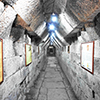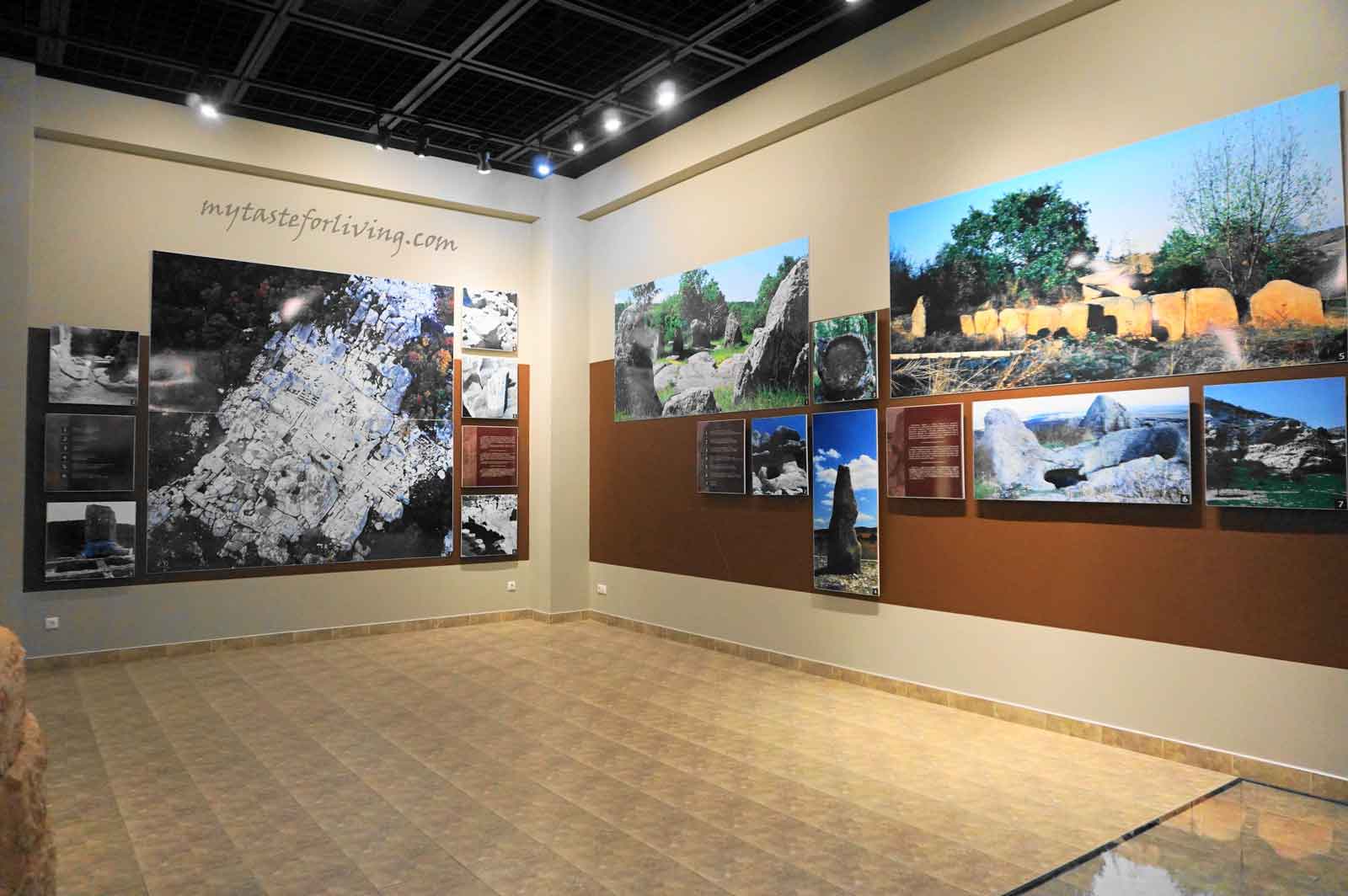Thracian tomb of Aleksandrovo

The Thracian tomb of Aleksandrovo is one of the most significant discoveries of Bulgarian archaeology. It is located about 20 km. from the town of Haskovo, on the outskirts of the village of Alexandrovo.
In 2000, a team of archaeologists led by Dr Georgi Kitov excavated the "Roshavata Chuka" mound. What they find is a Thracian tomb, which is believed to have been built in the 4th century BC. and belonged to a Thracian ruler, king or noble aristocrat. Objects in it, typical of the Thracian funeral ceremony, have not been found, as it is believed to have been looted over the years, but the tomb is impressive with its unique, well-preserved frescoes.
In 2009, the "Thracian Art Museum centre in the Eastern Rhodopes" opened its doors near the mound. The project for its construction was realized thanks to a donation from the people of Japan as a sign of friendship and cooperation between Japan and Bulgaria. In 2011 it became part of the "100 National Tourist Sites".
There is an exact replica of the tomb in the museum centre, as the original is not accessible to tourists and is sealed so that it can be preserved. In the exact copy in the smallest details are recreated the unique frescoes, which are painted throughout the tomb and present various subjects such as Thracian feasts and hunting scenes.
I recommend that when visiting the tomb you must ask for discourse so that you can immerse yourself in the details of its history.
See also

Kartalа waterfalls near Veliko Tarnovo
Kartalа waterfalls are located near the town of Veliko Tarnovo, Bulgaria. You can reach them on a path from the Transfiguration Monastery or from the city itself. We took the path that leads from the Kartala neighborhood in Veliko Tarnovo and parked next to the Kartala shooting range.
Explore
Hotalich medieval fortress
The early byzantine and medieval fortress Hotalich is located near the town of Sevlievo, above the gorge of the river Rositsa, on a hilly area called Krushevski bair. It is one of the best maintained fortresses in Bulgaria, and in 1994 it was declared a cultural monument of national importance.
Explore






















































Comments
Leave comment